Crunchy Curiosity or Salty Sabotage? Can Cats Eat Saltine Crackers Safely? (Vet-Reviewed)
- 12 Apr 2025 15:45
We've all been there: enjoying a simple snack like saltine crackers, perhaps when feeling under the weather or just craving something plain and crunchy. Your feline friend might wander over, intrigued by the crinkling wrapper or the small, square object in your hand. A fleeting thought might occur – "They're so plain, maybe just one tiny corner?" This leads cat owners to ask the practical question: can cats eat saltine crackers? Are these common pantry staples a harmless nibble, or do they pose unexpected risks to our furry companions?
The definitive answer, backed by veterinary knowledge and an understanding of feline nutrition, is a firm **no**. Saltine crackers, despite their bland reputation for humans, are nutritionally inappropriate and potentially harmful for cats. As obligate carnivores, cats have highly specialized dietary needs that are starkly different from ours. Processed human foods, especially those high in salt and carbohydrates like saltines, simply don't align with their biological requirements. This comprehensive guide will delve into the specific reasons why saltines are unsuitable for cats, exploring the dangers of sodium, carbohydrates, and lack of nutritional value, ensuring you have the authoritative information (E-E-A-T aligned) needed to protect your cat's health.
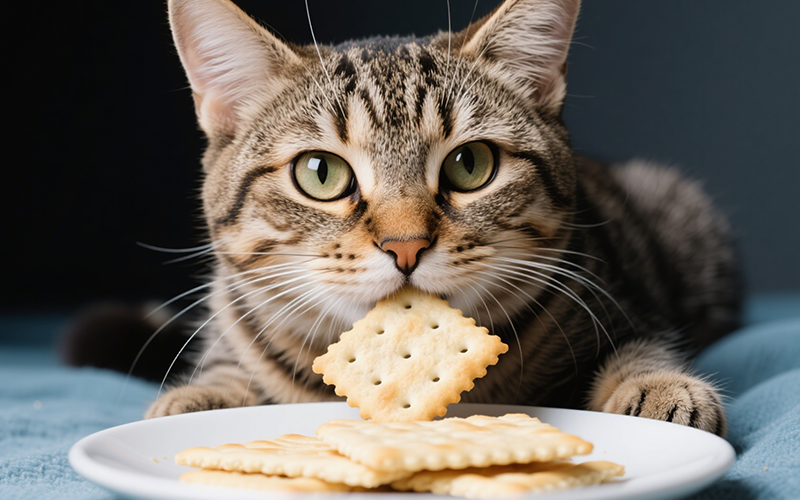
What's in a Saltine Cracker? Breaking Down the Ingredients
To understand why saltines are problematic, let's look at their typical ingredients:
Enriched Wheat Flour: The primary ingredient, a source of refined carbohydrates.
Vegetable Oil: (Often Soybean, Palm, or Canola Oil) Adds fat content.
Salt: A key ingredient, giving the cracker its name and characteristic taste. The amount can be significant, especially for a small animal like a cat.
Leavening Agents: (Such as Baking Soda, Yeast) Help the crackers rise and achieve their texture.
Malt Syrup (Sometimes): Adds a touch of sweetness and aids browning.
From a feline perspective, this list immediately highlights two major issues: high levels of **refined carbohydrates** (flour) and, crucially, **sodium** (salt).
Feline Nutrition 101: Why Crackers Don't Compute for Cats
Cats are **obligate carnivores**. This isn't just a dietary preference; it's their biological destiny, shaping every aspect of their nutritional needs:
Meat is Mandatory: They *must* consume animal tissue to obtain essential nutrients like taurine, arachidonic acid, pre-formed Vitamin A, and a complete profile of amino acids. They cannot derive these efficiently, or at all, from plant sources.
High Protein Requirement: Their bodies are designed to run on high levels of animal protein for energy, muscle maintenance, and vital functions.
Low Carbohydrate Need/Tolerance: Cats lack the enzyme salivary amylase and have limited pancreatic amylase, making them poorly equipped to digest carbohydrates (like the flour in crackers). Carbs offer little usable energy and primarily contribute empty calories.
Sodium Sensitivity: While essential in small amounts, cats are much more sensitive to excess sodium than humans are. Their kidneys are efficient but can be overwhelmed by high salt loads.
Saltine crackers, being primarily flour and salt, are fundamentally incompatible with this carnivorous blueprint.
The Direct Answer: Why Cats Should NOT Eat Saltine Crackers
Let's be absolutely clear: **Saltine crackers are not safe or appropriate treats for cats.** Feeding them, even in small amounts, is strongly discouraged due to several significant health risks:
Excessive Sodium Content (Salt Toxicity Risk): This is the most critical danger.
High Carbohydrate Load: Nutritionally inappropriate and can cause digestive issues.
Lack of Nutritional Value: Offers virtually nothing beneficial for a cat.
Processed Ingredients: Contains refined flour, oils, and additives not suited for cats.
Potential for GI Upset: The combination of ingredients can easily irritate a cat's digestive system.
Choking Hazard (Minor): Dry, sharp pieces could potentially pose a minor choking risk.
While a single tiny crumb accidentally ingested might not cause immediate catastrophe in a healthy adult cat, intentionally offering saltines introduces unnecessary risks with zero benefits.
Diving Deeper into the Dangers: Why Saltines Harm Cats
Understanding the specific impact of the ingredients highlights the unsuitability of saltines:
1. Sodium Toxicity (Hypernatremia) - **THE PRIMARY DANGER**
Saltine crackers live up to their name – they are salty! What seems like a moderate amount of salt to us can be excessive and dangerous for a small cat.
Feline Sensitivity:** Cats have a much lower tolerance for sodium than humans. Their kidneys work hard to maintain electrolyte balance, and excess salt overwhelms this system.
Mechanism:** High sodium intake draws water out of cells and into the bloodstream to try and dilute the salt, leading to cellular dehydration. It increases blood pressure and puts strain on the kidneys and heart.
Symptoms of Salt Poisoning in Cats:** Can occur even after ingesting seemingly small amounts (relative to their body size). Symptoms include:
Increased thirst and urination (early signs as the body tries to flush excess salt)
Vomiting
Diarrhea
Lethargy / Depression
Loss of appetite
Incoordination / Wobbliness (ataxia)
Muscle tremors
Seizures
Coma
In severe cases, it can be fatal.
Risk Factor:** Even one or two crackers can provide a significant sodium load for a small cat, potentially pushing them towards dangerous levels, especially if they are older, have pre-existing kidney or heart conditions, or are dehydrated.
The high salt content alone makes saltine crackers a hazardous choice for cats.
2. High Carbohydrate Content (Flour)
Saltines are mostly refined flour, a source of carbohydrates cats don't need.
Digestive Issues:** Cats lack the necessary enzymes to efficiently digest large amounts of carbohydrates. Ingesting starchy foods like crackers can lead to gas, bloating, abdominal discomfort, and diarrhea.
Empty Calories:** Carbs provide calories but lack the essential amino acids, fatty acids, vitamins, and minerals cats need from animal sources.
Weight Gain & Obesity:** Regular consumption of high-carb treats contributes to feline obesity, a major health concern linked to diabetes, arthritis, urinary issues, and reduced lifespan.
Blood Sugar Spikes:** Refined carbohydrates can cause undesirable fluctuations in blood sugar levels, particularly risky for diabetic cats.
3. Lack of Nutritional Value
Simply put, saltine crackers offer nothing beneficial for a cat's health.
Nutrient Deficient:** They lack adequate protein, essential fatty acids (like arachidonic acid), taurine, Vitamin A, and many other micronutrients vital for feline well-being.
Dietary Displacement:** Filling up on crackers means less room for their nutritionally complete cat food, potentially leading to deficiencies over time if it becomes a habit.
4. Processed Ingredients and Fats
Saltines are processed human food containing refined flour and vegetable oils.
Not Species-Appropriate:** These ingredients are far removed from a cat's natural diet of prey.
Fat Content:** While not excessively high compared to some snacks, the added fats can contribute to calorie load and potentially cause mild GI upset in sensitive cats if many are eaten (though salt toxicity or carb issues are more likely).
5. Choking Hazard (Minor Risk)
The dry, potentially sharp edges of broken crackers could pose a slight choking risk, although less significant than harder items.
What If My Cat Ate a Saltine Cracker? (Accident Protocol)
Accidents happen. If you find evidence or suspect your cat has eaten a saltine cracker:
1. Assess the Quantity: Determine how much was likely consumed. A single tiny crumb is far less concerning than a whole cracker or multiple crackers. 2. Remove Access: Secure any remaining crackers immediately. 3. Provide Fresh Water: Ensure your cat has plenty of fresh water available to help flush any excess salt. 4. Monitor Closely: Watch your cat very carefully for the next 12-24 hours for any signs of illness: * Increased thirst/urination * Vomiting or diarrhea * Lethargy * Loss of appetite * Any neurological signs (wobbliness, tremors, seizures - these are signs of salt toxicity). 5. Contact Your Veterinarian: * **If a large amount was eaten, or if your cat has pre-existing health issues (kidney/heart disease), call your vet or an emergency clinic immediately.** Salt toxicity can progress quickly. * **If only a tiny crumb was eaten and your cat seems fine,** a call to your vet for advice is still a good idea. They may recommend monitoring at home or suggest bringing the cat in depending on the circumstances. * **If ANY symptoms develop, contact your vet immediately.**
Do not induce vomiting unless explicitly instructed by a veterinary professional.
Skip the Saltines: Offer These Safe & Healthy Cat Treats Instead
There's no need to risk your cat's health with crackers when so many safe and appealing alternatives exist:
Small Pieces of Plain Cooked Meat: Unseasoned chicken, turkey, lean beef, lamb, or fish (boneless) are ideal protein treats.
Commercial Cat Treats: Choose high-quality, meat-based treats formulated for cats. Look for low calories and minimal fillers.
Freeze-Dried Meat Treats: Single-ingredient protein treats (chicken, salmon, liver - feed liver sparingly) are highly palatable.
Lickable Treats / Meat Pastes: Great for bonding and hydration.
Dental Treats for Cats: Some treats help support oral health.
Catnip or Silver Vine:** (For cats who respond) Provide safe enrichment.
These options align with your cat's nutritional needs and provide enjoyment without the dangers of cats eating saltine crackers.
Veterinary Consensus: Saltines are a Firm "No" for Cats
Veterinarians and veterinary nutritionists are unified in advising against feeding saltine crackers to cats. The key points emphasized are:
The **dangerously high sodium content** poses a significant risk of salt toxicity (hypernatremia).
The **high carbohydrate content** is nutritionally inappropriate for obligate carnivores and likely to cause digestive upset.
Saltines offer **no nutritional benefits** relevant to feline health.
A balanced commercial cat food diet provides all necessary nutrients, and treats should be species-appropriate and given in moderation.
The professional verdict is clear: saltines are unsuitable and potentially harmful snacks for cats.
Saltine Crackers & Cats: Quick Safety Summary
| Aspect | Safety Information & Recommendations |
| Can Cats Eat Saltine Crackers? | **NO.** Unsafe and not recommended due to high salt and carbohydrates. |
| Primary Dangers | **Salt Toxicity (Hypernatremia)**, High Carbohydrate Load. |
| Harmful Ingredients | Salt, Refined Flour, Vegetable Oils, Leavening Agents. |
| Nutritional Value for Cats | None. Empty calories, lack essential nutrients. |
| Risks | Salt Poisoning (vomiting, diarrhea, thirst, tremors, seizures), GI Upset (from carbs), Obesity/Diabetes risk (long term). |
| Action if Eaten | Assess amount, remove access, provide water, Call Vet IMMEDIATELY if large amount eaten or symptoms appear. |
| Symptoms of Trouble | Increased thirst/urination, vomiting, diarrhea, lethargy, tremors, seizures. |
| Recommendation | **Strictly AVOID.** Keep saltines away from cats. Choose safe, species-appropriate treats. |
Navigating Pet Health Questions? PettureX Offers Convenient Support!
Understanding what's safe for your cat to eat, like the risks associated with saltine crackers, is crucial. If your cat ingests something potentially harmful or shows concerning symptoms, having access to quick information can be helpful while you contact your veterinarian – your primary source for diagnosis and treatment.
The PettureX App provides innovative features for today's pet parents:
24/7 AI Vet Consultation: Get immediate AI-powered answers to urgent questions about food safety ("Is one saltine dangerous?") or symptoms (like vomiting or tremors), helping you assess the situation's urgency.
Image Recognition Technology: Useful for breed identification or getting preliminary insights into visible health concerns.
AI-Powered Symptom Checker: Describe your cat's symptoms for an AI analysis of potential causes, including toxic ingestion, aiding your communication with your vet.
Comprehensive Pet Health Database: Quickly access information on toxic foods, common feline illnesses, and appropriate care.
PettureX serves as a helpful digital resource, offering convenient AI-driven support and information to complement the essential, personalized care provided by your veterinarian.
Conclusion: Saltines are for People, Not Paws
In conclusion, the answer to "can cats eat saltine crackers?" is a definitive no. These common human snacks are unsuitable and potentially dangerous for cats due to their high sodium content (risking salt toxicity), high levels of nutritionally empty carbohydrates, and lack of essential feline nutrients. They offer zero health benefits and introduce unnecessary risks.
Protect your cat's health by keeping saltine crackers and other salty, processed human foods securely out of reach. Choose safe, species-appropriate treats like small pieces of cooked meat or high-quality commercial cat treats instead. If accidental ingestion occurs, contact your veterinarian immediately for guidance. Prioritizing your cat's obligate carnivore needs means reserving the saltines for your own enjoyment.
Related

Marshmallows and Cats: A Puffy Problem? Why Vets Say No to This Sugary Snack
- 22 Apr 2025
Kefir for Kitties? A Veterinarian-Reviewed Guide to Safety, Benefits & Risks
- 22 Apr 2025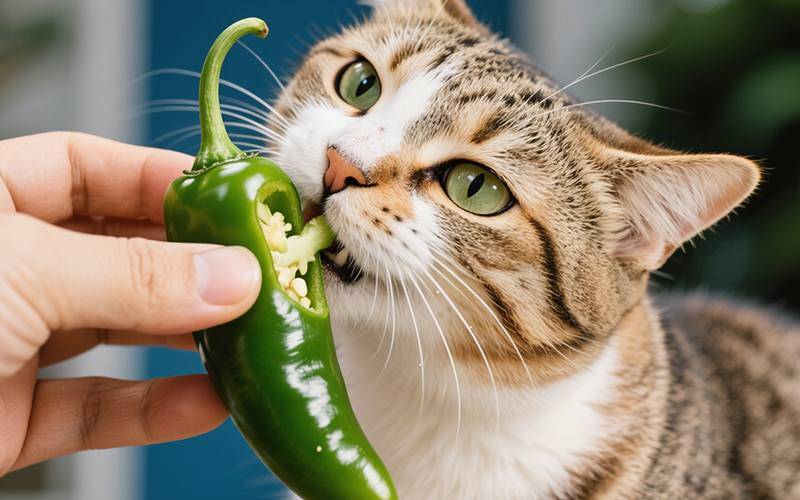
The Burning Question: Can Cats Eat Jalapenos? A Comprehensive Safety Guide
- 21 Apr 2025
Cool Temptation: Can Cats Eat Ice Cream Safely? The Vet-Backed Truth
- 21 Apr 2025
Frankly Dangerous: Can Cats Eat Hot Dogs? Vet Explains the Serious Risks
- 16 Apr 2025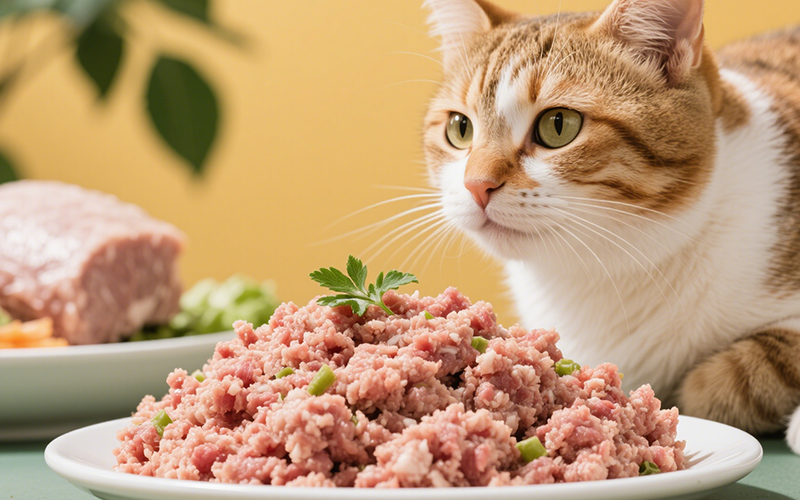
A Purrfect Protein? Can Cats Eat Ground Turkey Safely? (Vet-Reviewed Guide)
- 16 Apr 2025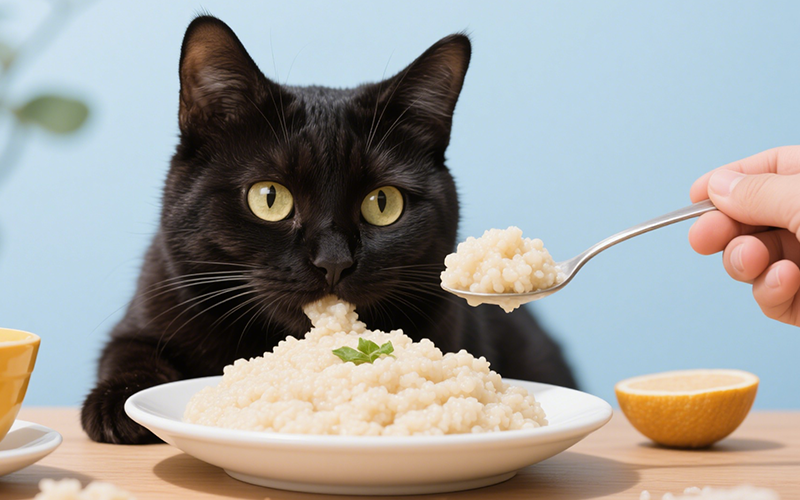
Gritty Situation: Can Cats Eat Grits Safely? Vet Explains the Risks
- 16 Apr 2025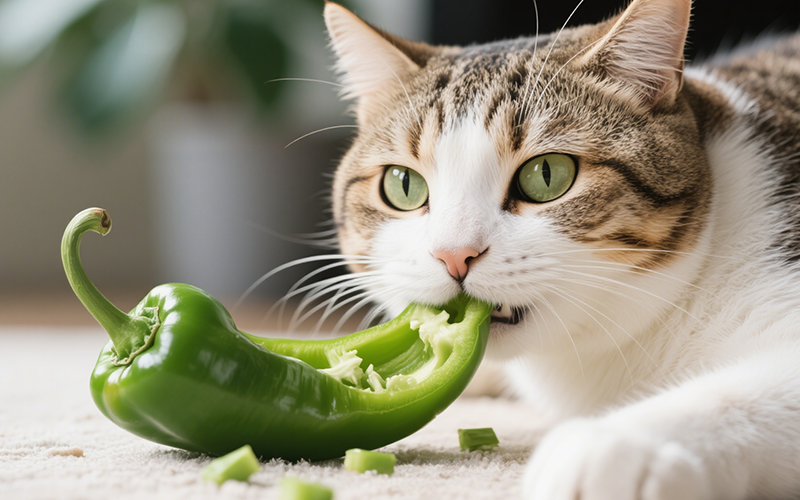
Crunchy Query: Can Cats Eat Green Peppers? A Vet-Reviewed Safety Analysis
- 16 Apr 2025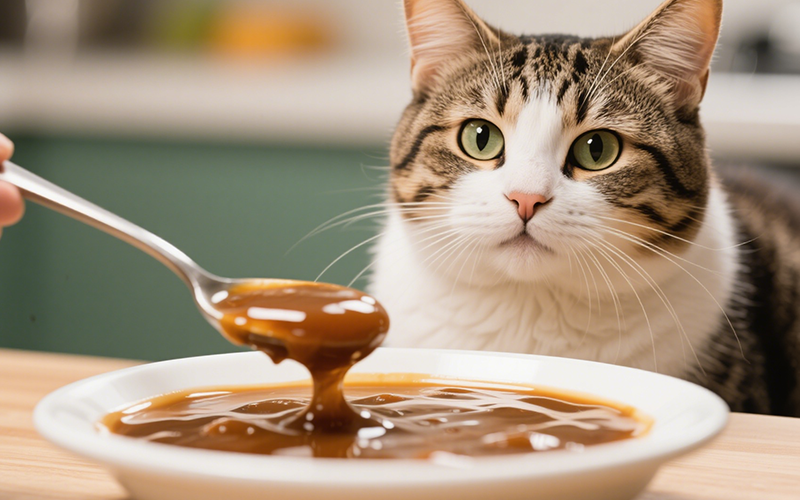
Gravy Danger Zone: Can Cats Eat Gravy Safely? (Vet-Reviewed Warning)
- 16 Apr 2025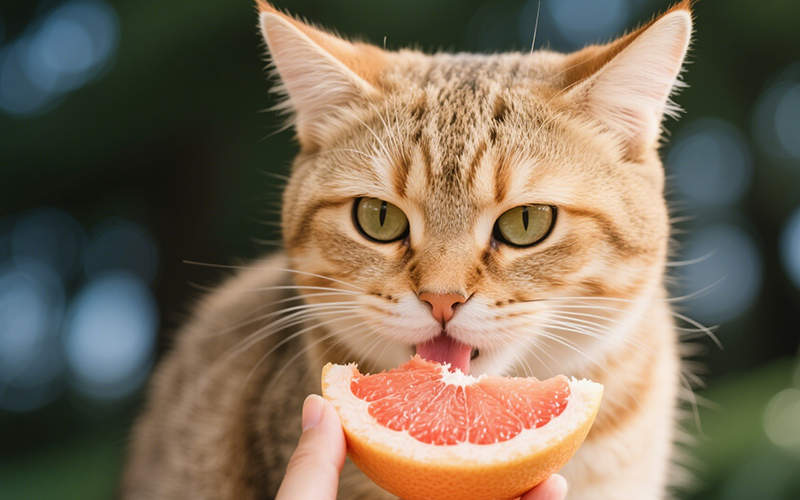
Toxic Temptation: Can Cats Eat Grapefruit? Vet Explains the Dangers
- 16 Apr 2025
